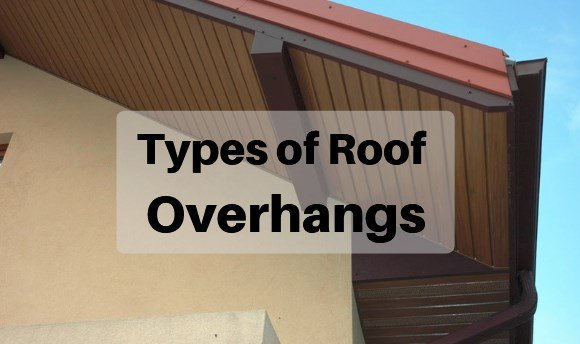There are primarily two common types of roof overhangs utilized in construction. The first type is the eave overhang, and the second is the rake overhang. While these are the most prevalent, other overhangs, such as those designed for doorways in confined spaces, are also used for specific architectural needs.
Roof overhangs not only enhance the aesthetic appeal of a home but also serve critical functional purposes. An overhang provides necessary shade and protection against the elements, significantly improving a home’s energy efficiency by reducing cooling costs during hot weather.
One notable type of overhang is the hip roof overhang, which extends around all sides of the roof, offering balanced protection and symmetry, enhancing the structure’s functionality and appearance.
For homes with gambrel roofs, overhangs can also be designed to complement the distinct, double-sloped roof sections, which help optimize the interior space of upper floors or attics.
Moreover, in settings such as patios or decks, overhangs can create a comfortable seating area shielded from direct sunlight or rain, making the outdoor spaces more usable throughout the year.
Different Types of Roof Overhangs
Simply put, overhangs are defined as the roof extension beyond the exterior wall. Typically, overhangs protect the house, including those with flat roofs, from excessive sunlight during the hottest moments of the day or summer.
Overhangs are particularly vital for flat roofs, prone to water pooling due to their minimal slope. Extending beyond the walls, overhangs help direct water away from the building, mitigating potential water damage.

Aside from that, overhangs are also used to protect the house from rains that may ‘smack’ the siding, door, or windows, thereby reducing the risk of water damage. They are essential in safeguarding the sides of a home from the elements. Although it cannot protect the whole, the effect is minimized.
Let’s dig in to learn what kind of overhang roof design you can find in public houses. As said earlier, you will have these two commonly found: eave and rake overhangs.
The difference between each type of overhang can be seen below.
- Eave overhangs
Eaves are the type of overhangs placed at the edge of the downslope of a roof (typically on a pitched roof). Since it is placed at the lower edge of a roof, this kind of overhang follows the size of the roof length.
- Rake overhangs
Rake overhangs are mainly found only in a gable roof. It is an overhang that can easily be found on the face side of the gable roof. Given it is located on the ‘face’ of a gable roof, you can say that the shape of rake overhangs is often triangular.
Read also: What Is a Gable Roof? Simple Explanation
What is the difference?
Both are overhangs, but the benefits are pretty different. It is often used on the side of a house in eave overhangs. Therefore, it is often used to protect the door, wall side, and windows from the sun strike, wind, rain, and snow, providing essential shade for windows to reduce heat during summer.
Given this function, the size of eave overhangs is typically wider than the rake counterpart, often extending up to 24 inches to allow for adequate shade for windows to reduce heat and protect against water and snow.
Even so, making eave overhangs, including cantilever roof overhangs, should not be conducted thoughtlessly. These overhangs can extend up to 24 inches or more, providing significant protection and aesthetic appeal.
Read also: How To Extend A Roof Overhang
It is said that the wider the eaves are, the more you need to support the soffit from beneath. That will require you more work to do and more money to spend.
On the contrary, rake overhangs don’t take many roles in protecting the house from rain, sun, etc. Why so? This is because the overhang isn’t that wide. Plus, typically, the face size of a gable doesn’t have a window, door, or anything, especially if the gable is on the backside of the house.
Even so, it doesn’t mean these two are the only types of roof overhangs. Awnings, retractable awnings, canopy, and pergola can also be included in a set of overhangs—despite these being not in one entity with the roof itself.
Using these roof overhangs on houses depends on how badly you need them. It is good to purchase any of these overhangs and include them in your house, especially in cases where different building elements meet without proper construction and waterproofing. Otherwise, it can ruin your house by adding things to maintain. Plus, it takes space, too.
So, that sums up the information about roof overhangs. Not only do they protect against weather elements, but overhangs also play a crucial role in allowing fresh air to circulate around the home, enhancing indoor air quality.


